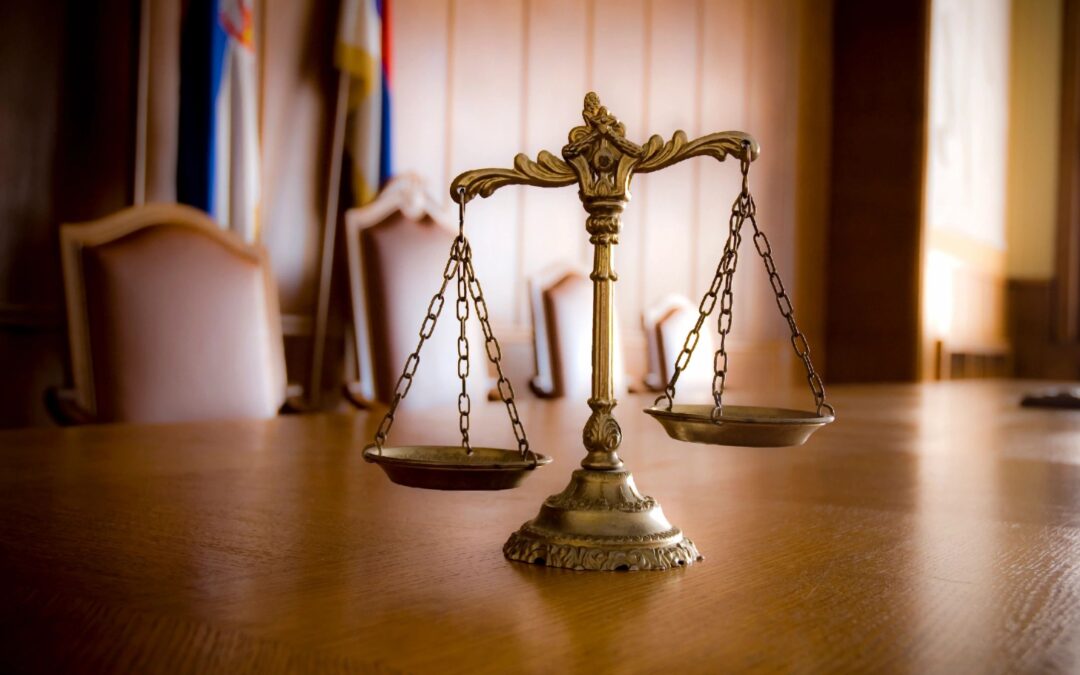By John Marlott and John Wright –
The Supreme Court will not consider a challenge to the proper scope of AIA statutory estoppel, leaving the Federal Circuit’s governing interpretation in place. The Court’s June 26, 2023 order list denied the pending petition for certiorari in Apple, Inc. v. California Institute of Technology, Cert. Pet. 22-203 (2022).
The original dispute stems from a decision finding that a litigation party was estopped from pursuing certain prior art obviousness combinations in district court that it “reasonably could have raised” as an IPR petitioner in concurrent proceedings at the PTAB. The Federal Circuit held that Section 315(e)(2) barred the party from raising invalidity arguments in district court that it had been aware of, but had omitted from its IPR petitions at the PTAB.
As discussed in a recent post, the cert petition framed the question before the Supreme Court as:
Whether the Federal Circuit erroneously extended IPR estoppel under 35 U.S.C. § 315(e)(2) to all grounds that reasonably could have been raised in the petition filed before an inter partes review is instituted, even though the text of the statute applies estoppel only to grounds that “reasonably could have [been] raised during that inter partes review.”
On January 17, 2023, the Supreme Court issued a CVSG order, calling for the Solicitor General’s (SG) views. The SG filed its brief on May 23, 2023, urging that the cert petition “lacks merit and does not warrant [the Supreme Court’s] review.”
The SG framed the question presented as follows:
Whether estoppel under Section 315(e)(2) applies to asserted grounds of invalidity that a petitioner knew or should have known about but did not include in its petition for inter partes review.
The SG maintained that the Federal Circuit correctly held that estoppel under Section 315(e)(2) applies “to all grounds not stated in the petition but which reasonably could have been asserted.” In its brief, the SG agreed with the Federal Circuit’s reading of SAS Institute Inc. v. Iancu, 138 S. Ct. 1348 (2018) that a petitioner in an inter partes review is the “master of its complaint” and therefore “effectively determines what grounds the USPTO must consider if and when it institutes a review at the petitioner’s behest.” Consequently, the Federal Circuit’s interpretation of Section 315(e)(2) in SAS “gives effect to Congress’s intent that some grounds not raised during an instituted review can nevertheless trigger estoppel because the petitioner ‘reasonably could have raised’ them.”
The SG’s brief further argued that because the IPR petitioner “had a reasonable opportunity to include the disputed grounds in its IPR petitions, thereby triggering the USPTO’s duty to address those challenges if it instituted reviews at all, [the IPR petitioner] ‘reasonably could have raised’ those grounds during the instituted reviews.” And, according to the SG, the cert petition’s “focus on the possibility that the USPTO might deny review altogether” – based on the inclusion of additional grounds in the petition, to avoid future estoppel – “ignores the fact that Section 315(e)(2) applies only if an inter partes review ‘results in a final written decision.’”
In response to the SG’s brief, the parties seeking Supreme Court review filed a supplemental brief on June 5, 2023. That supplemental brief attempted to leverage the SG’s statement regarding the literal language of Section 315(e)(2) that “the phrase ‘during that inter partes review’ refers specifically to post-institution proceedings.” The supplemental brief contended under that “conceded plain meaning, the phrase ‘any ground that the petitioner…reasonably could have raised during that inter partes review’ in [Section 315(e)(2)] refers only to grounds that an IPR petitioner reasonably could have raised after the Director exercises her discretion to institute review, and it does not include grounds on which review was never instituted.”
The parties urging the Supreme Court to take up the issue continued to argue that expansion of estoppel beyond solely those grounds that reasonably could have been raised during an instituted inter partes review (in essence, only the grounds actually included in the initial petition) would extend the estoppel beyond the statute’s plain meaning. The Federal Circuit’s contrary interpretation, in their view, forces PTAB petitioners to choose between “(1) foregoing IPRs altogether or (2) bombarding the Board with all possible grounds to avoid estoppel, at the risk of having some or all of their multiple petitions denied.”
The Supreme Court’s denial of review leaves in place the Federal Circuit’s statutory interpretation that the AIA broadly prohibits an IPR or PGR petitioner from later asserting any invalidity grounds in district court or the ITC that the petitioner “could have reasonably raised” in the PTAB petition, even those grounds the petitioner elected not to include in the petition seeking institution.
John Marlott
Latest posts by John Marlott (see all)
- USPTO Director Institution Decisions: Back To The Future? - December 10, 2025
- Third Party IPRs Sway District Court’s Prevailing Party and Costs Rulings - January 2, 2025
- Proceed With Caution When Using Wayback Machine® Prior Art - December 18, 2023

